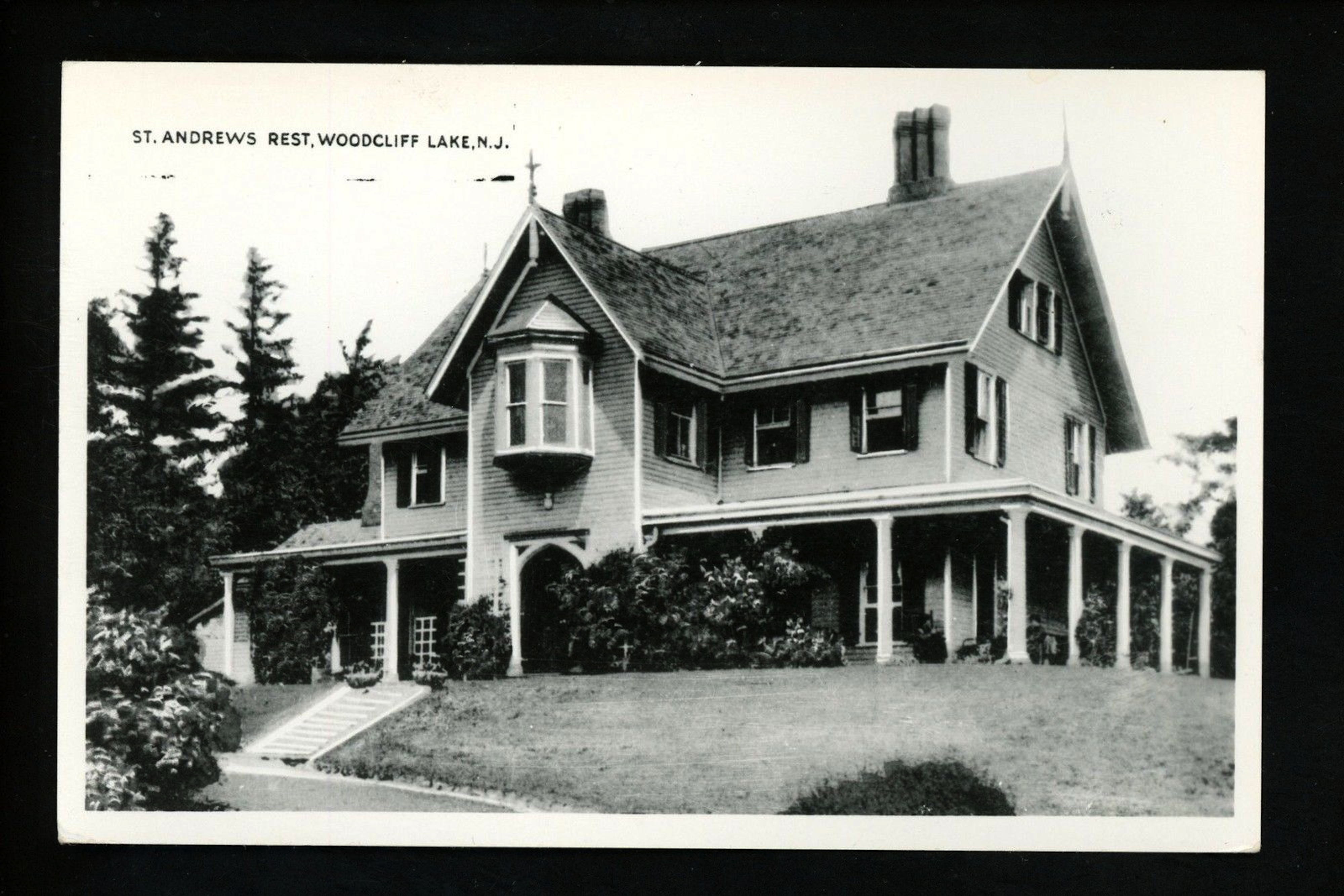
WOODCLIFF LAKE––In the 1890s and the early 20th century, the New York-based Summer Rest Society maintained a cottage at Woodcliff to provide a fresh-air country getaway for women from the city.
“The Summer Rest Society announces that the house at Woodcliff, N.J., is open and ready for guests from June 1 to Oct. 1,” reads a New York Times article from 1895. “The object of the Summer Rest Society is to provide rest and country air to self-supporting gentlewomen who cannot afford the prices demanded at comfortable health resorts, and are in need, during the summer months, of complete change and relaxation after the winter of toil and fatigue in the city.”
The cottage, on Werimus Road, at the time was surrounded by 20 acres of woodland. A woman could obtain room and board there for $3.50 per week for three weeks (or longer should there be no applicant for her room). The cottage could accommodate 12 visitors at a time.
“The location of the cottage, in an extremely healthful and
attractive part of New Jersey…affords a charming resort,” the Times continued.
Back then, Woodcliff (the “Lake” part of the name was added in the following decade after the reservoir was built) had fewer than 300 residents and was mostly farms and woodland.
A visitor to the Summer Rest could buy a round-trip ticket from New York to Woodcliff for $1. Ferryboats left from the foot of West 23rd Street and Chambers Street to connect with a train that traveled up the line to the Woodcliff station, the same one standing today. From there, it was a trip by horse and wagon over dirt lanes.
The Summer Rest Society’s efforts were supported through various fundraisers encouraging donations from New York City’s social elite. One example was a March 12, 1900 music recital and tea at the fashionable Sherry’s restaurant and ballroom on Fifth Avenue. Tickets were $2.50 each.
An advertisement for the event published in The Times read, “The Summer Rest Society has for some years past supported at Woodcliff, N.J., a fine old country house and place at which women of good position, but whose purses are limited, can obtain the benefit of country air and board and lodging at low rates. It is not a charity, but an excellent attempt to smooth the pathway of women who, through untoward circumstances, are forced to battle with the world.”
In the 1910s, the Summer Rest changed hands to become St. Andrew’s Rest, a convalescent home “for women, children and girls of good character who need care, nursing and rest.” It was the summertime branch of the St. Andrew’s Convalescent Hospital in New York City. Later, the building became a private residence.
